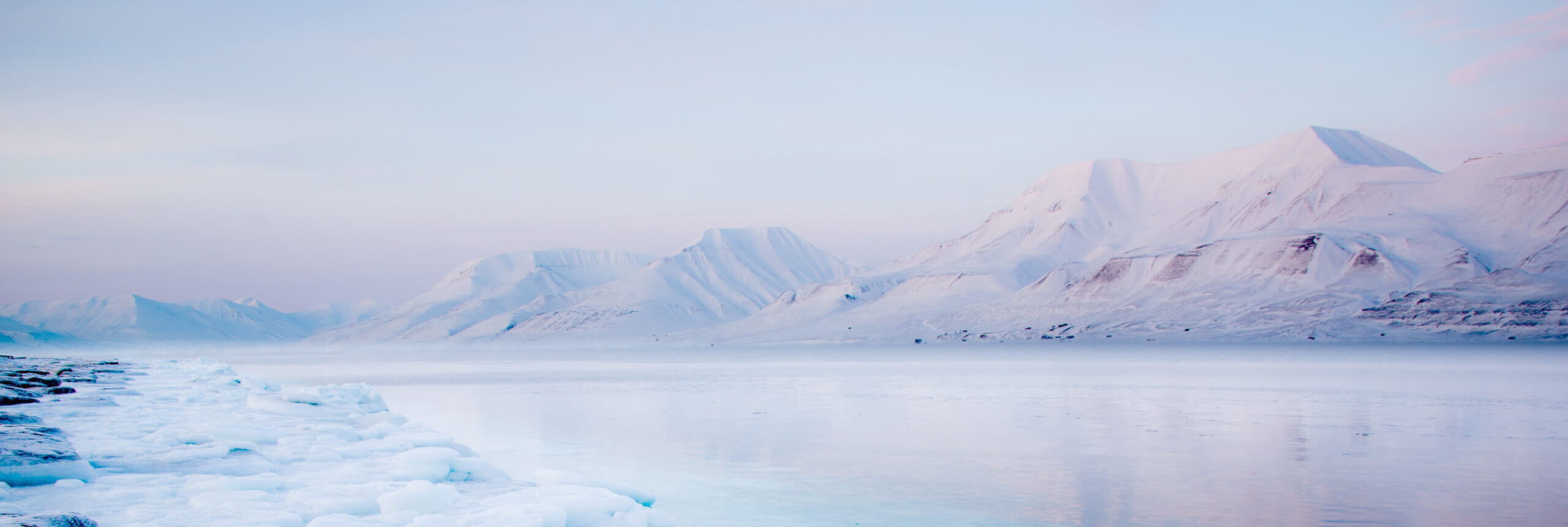A network of automated sensors to monitor arctic animals and environmental changes through advanced computational approaches
Principal investigators
Pierre Legagneux (Biology), Audrey Durand (Computer science and software engineering)
Co-investigators
Antoine Allard (Physics, physical engineering and optics), Martin Bernier (Physics, physical engineering and optics), Steeve Côté (Biology), Tigran Galstian (Physics, physical engineering and optics), Gilles Gauthier (Biology), Denis Laurendeau (Electrical and computer engineering), Xavier Maldague (Electrical and computer engineering)
Collaborators
Joel Bêty (Université du Québec à Rimouski), Dominique Berteaux (Université du Québec à Rimouski), Patrick Desrosiers (Université Laval), Dorothée Ehrich (University of Tromsø), Dominique Fauteux (Canadian Museum of Nature), Catherine Alexandra Gagnon (Cabinet conseil Erebia), Dominique Gravel (Université de Sherbrooke), Jean-François Therrien (Hawk Mountain Sanctuary), Nigel G. Yoccoz (University of Tromsø)
Partners
Centre for northern studies, Centre d’optique, photonique et laser, ArcticNET, Polar Continental Shelf Program, Canadian Museum of Nature, Environment and Climate Change Canada, Parks Canada, Ministère des Forêts, de la Faune et des Parcs, BIOS2, Garfield Weston Foundation
Abstract
Northern ecosystems face rapid industrial development and the highest rate of global warming on Earth. However, the structure and function of those ecosystems are still poorly understood, leaving us with limited tools to anticipate the consequences of rapidly changing environmental conditions. The high level of connection to other biomes, a large spatial heterogeneity creating sharp environmental gradients and the strong seasonality make Arctic ecosystems more complex than their apparent simplicity. Current efforts to address such complexity are hindered by two main challenges: we lack high resolution data at several spatiotemporal scales because data collection is logistically limited in the Arctic; we need a better theoretical framework to build models that include connectivity, seasonality, and detailed species interactions, and to upscale information collected locally into a global understanding of arctic biodiversity organized in meta-food webs. In parallel, the rapid development of new technologies and computational methods offers an unprecedented opportunity to help tackle these challenges.
Through the proposed project, which builds on the recent progresses of Sentinel North project 2.2 Innovative optical systems to track winter life in the cryosphere, we will improve the design of automated sensors and deploy them as a network to collect large amounts of high-resolution data at several spatiotemporal scales on multiple Arctic wildlife species, and develop advanced analytical methods based on machine learning and complex system theory to better understand the structure and function of arctic biodiversity. The proposed project will make a great leap forward in our understanding of Arctic biodiversity from individual behavioural decisions to meta-ecosystem functioning. This project will also meet expectations from northern communities to study animal movement over their annual cycle with less invasive devices and provide policymakers with updated knowledge to reliably assess ecosystem integrity and guide management decisions in a changing environment.

